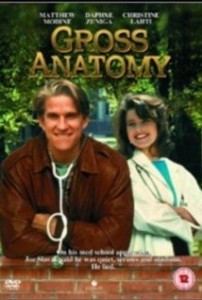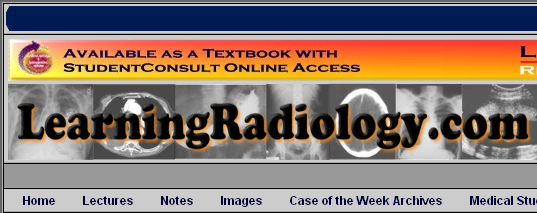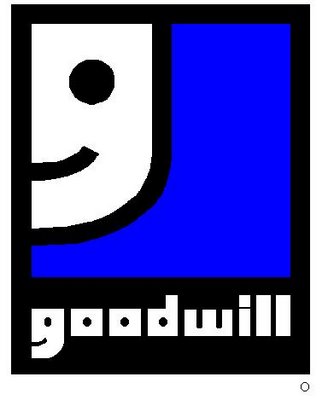This list is part of a series of articles about the best books for medical students. Click on the Med School Books Main Page to see other lists including the best books for each year in medical school, the best books for each clinical rotation, and the best books for USMLE Steps 1, 2, and 3.
This list of books was specifically created to help medical students. However, I would suggest the same books to anyone taking an undergraduate course in anatomy, to dental students, optometry students, podiatry students, physicians assistant students, advanced nursing students, etc. etc. When you are studying anatomy there are a few things you have to focus on: 1- Learning the name and location of the structures, 2- learning to identify the important anatomic relationships in the body, and 3- learning the clinical correlations related to the important relationships. Your tests will focus on each of these areas, so you must focus on them as well.
- Updated April 2015
1. An Atlas:
|
|
2. An Anatomy Textbook:
|
|
3. A Dissector:
|
|
4. Flashcards:
|
|
5. Anatomy Review Book:
|
|
6. Other Books:
|






 I recently
I recently 

 My name is Andrew and I am a first year resident training to be an ophthalmologist. I created ShortWhiteCoats to provide medical students, residents, and the public with all the information I spent so many hours looking for during medical school.
My name is Andrew and I am a first year resident training to be an ophthalmologist. I created ShortWhiteCoats to provide medical students, residents, and the public with all the information I spent so many hours looking for during medical school.







